 1990 Mitsubishi Sigma (F16A) Dimensions, Size & Specs
1990 Mitsubishi Sigma (F16A) Dimensions, Size & SpecsMeasurements of the 1990 Mitsubishi Sigma, engineered for optimal performance and comfort
| Dimensions | |
|---|---|
| Length: | 4750 mm187.0 in15.6 ft |
| Width: | 1775 mm69.9 in5.8 ft |
| Height: | 1435 mm56.5 in4.7 ft |
| Trunk Capacity: | 447 liter15.8 cu ft |
| Trunk Capacity (Max): | 892 liter31.5 cu ft |
| Weight Specifications | |
| Curb Weight: | 1468-1579 kg3236-3481 lbs |
| Maximal permitted Weight: | 2070 kg4564 lbs |
| Tire Specifications | |
| Rims Size: |
|
| Tire Size: |
|
The Mitsubishi Sigma (F16A), manufactured from 1990 to 1996, is a mid-size sedan representative of Mitsubishi's early 1990s lineup. This model features a substantial exterior length of 4750 millimeters (187 inches), width of 1775 millimeters (69.9 inches), and a height of 1435 millimeters (56.5 inches), positioning it comfortably within the mid-size sedan category. The vehicle's curb weight varies between 1468 kg and 1579 kg (3,237 to 3,480 pounds), reflecting differences in trim and optional equipment while maintaining a maximum gross weight of 2070 kilograms (4,564 pounds). Practicality is a highlight of the Sigma, with a sizeable luggage compartment offering 447 liters (15.8 cubic feet) of cargo space. Folding the rear seats expands the volume to 892 liters (31.5 cubic feet), enhancing its versatility for carrying larger items or more luggage. The car rides on 15-inch rims equipped with tires sized 205/65 R15, providing a balanced combination of handling and ride comfort typical for sedans of this size and era. Overall, the Mitsubishi Sigma (F16A) presents a spacious and practical sedan solution from the first half of the 1990s, ideal for drivers seeking a reliable family or commuter car with ample interior and cargo space.
Discover the standout features that make the 1990 Mitsubishi Sigma a leader in its class
Have a question? Please check our knowledgebase first.
The Mitsubishi Sigma (F16A) sedan from 1990 to 1996 has an overall length of 4750 mm (186.6 inches), a width of 1775 mm (69.9 inches), and a height of 1435 mm (56.5 inches). These dimensions position it well within the mid-size sedan category of its time, providing a balanced footprint that offers comfortable interior space without being overly large for urban driving.
The curb weight of the Mitsubishi Sigma (F16A) ranges from 1468 kg to 1579 kg (3236 to 3482 pounds), depending on the specific trim and options installed. This moderate weight contributes to a stable and smooth ride while maintaining decent fuel efficiency and performance. The weight balance helps with handling and provides a comfortable driving experience, typical of sedans from the early 1990s.
The Mitsubishi Sigma (F16A) offers a luggage capacity of 447 liters (15.8 cubic feet) with the rear seats in place. When the rear seats are folded down, the available space nearly doubles, expanding to 892 liters (31.5 cubic feet). This flexible luggage capacity makes it suitable for everyday commuting and longer trips requiring extra cargo room.
The Mitsubishi Sigma (F16A) is equipped with 15-inch rims paired with tires sized 205/65 R15. This tire size offers a good balance of comfort, grip, and durability, which complements the car's stable ride and handling characteristics. The 15-inch diameter is typical for sedans of this era and size, ensuring availability and affordability of replacement tires.
With a width of 1775 mm (69.9 inches), the Mitsubishi Sigma (F16A) provides a spacious cabin that comfortably accommodates front and rear passengers while contributing to a stable stance on the road. The nearly 1.78-meter width balances interior comfort with maneuverability, making it easy to drive in city traffic and park in standard parking spaces without compromising on passenger room.
Yes, the Mitsubishi Sigma (F16A) fits comfortably into a standard residential garage. With a length of 4750 mm (186.6 inches), width of 1775 mm (69.9 inches), and height of 1435 mm (56.5 inches), it is compact enough to fit a typical single-car garage, which generally ranges around 2.4 to 2.7 meters (7.9 to 8.9 feet) in width and 4.8 to 6 meters (15.7 to 19.7 feet) in length. However, owners should still measure their specific garage dimensions to ensure enough clearance for doors and storage.
Compared to its predecessor, the Mitsubishi Sigma (F11A) which was produced in the 1980s, the F16A generation increased slightly in length and weight to improve passenger comfort and safety. The F16A's length of 4750 mm (186.6 inches) and weight up to 1579 kg (3482 lbs) reflects modest growth compared to the older model, which was typically shorter and lighter. This evolution aligned with industry trends for enhanced build quality and interior space without sacrificing drivability.
When compared with other mid-size sedans from the early 1990s such as the Toyota Camry and Honda Accord, the Mitsubishi Sigma (F16A) is slightly longer and similar in width but generally heavier due to its robust build quality. Its luggage capacity of 447 liters (15.8 cubic feet) is competitive though some rivals offer more versatile interior configurations. The Sigma's tire and rim setup provides balanced handling and comfort, matching or exceeding some contemporaries. Overall, it stands as a solid, comfortable alternative in the mid-size sedan segment with reliable performance.
The Mitsubishi Sigma (F16A) has a maximum weight rating (gross vehicle weight) of 2070 kg (4563 lbs). This rating includes the vehicle's curb weight plus passengers, cargo, and any additional load. It means the car can safely carry approximately 491 to 602 kg (1082 to 1327 lbs) beyond its curb weight, accommodating up to five passengers and luggage without risking structural strain or performance issues. Operators should ensure they do not exceed this maximum weight to maintain safety and vehicle longevity.
The Mitsubishi Sigma (F16A) comes standard with 15-inch rims paired with 205/65 R15 tires. This size is a thoughtful balance, providing a tire sidewall height that absorbs road imperfections well, leading to improved ride comfort on varied surfaces. The tire width of 205 mm offers good road grip and stability, enhancing steering response and handling. This setup is typical for sedans in its class and era, prioritizing passenger comfort and consistent performance during everyday driving.
Discover similar sized cars.

| Production: | 1976-1979 |
|---|---|
| Model Year: | 1976 |
| Length: | 4680 mm184.3 in |
| Width: | 1768 mm69.6 in |
| Height: | 1390 mm54.7 in |

| Model Year: | 1978 |
|---|---|
| Length: | 4705 mm185.2 in |
| Width: | 1722-1730 mm67.8-68.1 in |
| Height: | 1410 mm55.5 in |
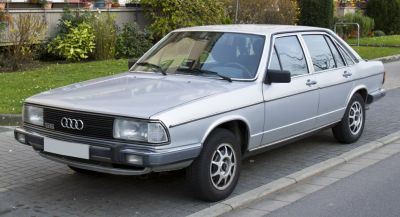
| Production: | 1979-1982 |
|---|---|
| Model Year: | 1979 |
| Length: | 4683 mm184.4 in |
| Width: | 1768 mm69.6 in |
| Height: | 1390 mm54.7 in |
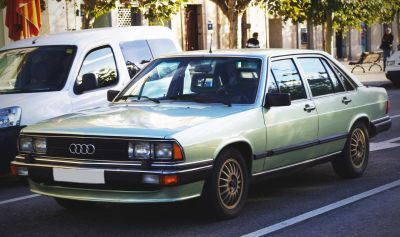
| Production: | 1979-1982 |
|---|---|
| Model Year: | 1979 |
| Length: | 4695 mm184.8 in |
| Width: | 1768 mm69.6 in |
| Height: | 1390 mm54.7 in |
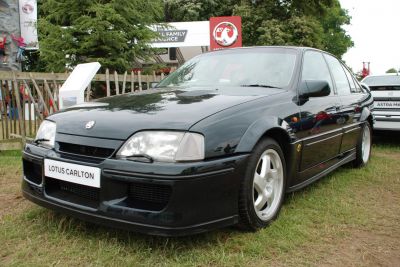
| Production: | 1986-1994 |
|---|---|
| Model Year: | 1986 |
| Length: | 4768 mm187.7 in |
| Width: | 1933 mm76.1 in |
| Height: | 1435 mm56.5 in |
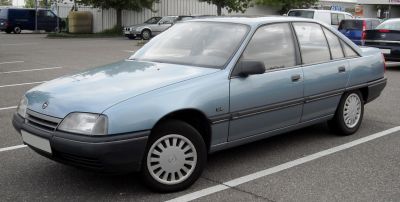
| Production: | 1986-1993 |
|---|---|
| Model Year: | 1987 |
| Length: | 4740-4770 mm186.6-187.8 in |
| Width: | 1760-1810 mm69.3-71.3 in |
| Height: | 1435-1445 mm56.5-56.9 in |

| Production: | 1988-1993 |
|---|---|
| Model Year: | 1988 |
| Length: | 4680 mm184.3 in |
| Width: | 1750 mm68.9 in |
| Height: | 1410 mm55.5 in |
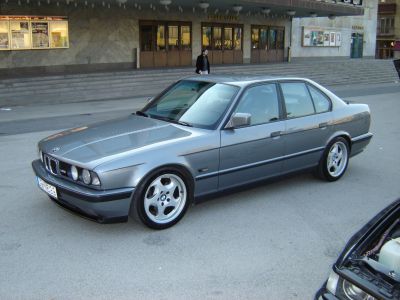
| Production: | 1988-1994 |
|---|---|
| Model Year: | 1988 |
| Length: | 4720 mm185.8 in |
| Width: | 1751 mm68.9 in |
| Height: | 1392 mm54.8 in |
